
Jamón/Ham is an ally against anemia
Anemia can occur when there are not enough red blood cells in the body, which are responsible for transporting an adequate level of oxygen to the body's tissues. The most common type is iron-deficiency anemia. The consequences often include fatigue, weakness, fatigue, dizziness... If it appears, the first thing you should do is consult a doctor for a proper evaluation and determine the best treatment for you.
In this post, we will tell you about the foods that help prevent or improve anemia. And as ham experts, we explain the role that ham plays as an ally against anemia.
Anemia: causes and consequences
According to the WHO, 24.8% of the global population suffers from anemia, with women and preschool-age children being the most affected groups. Although there are different types depending on their origin, the most frequent is nutrition-related anemia, which develops as a result of a decrease in vitamin B12, vitamin C, folic acid, or iron.
As we mentioned, iron-deficiency anemia is the most common. Imbalance in our food intake is usually the main cause. When iron reserves are low in the body, symptoms often include fatigue, weakness, fatigue, pallor, dizziness, or headache.
Why does it affect women more? Women experience greater iron loss due to their physiological functions, including the menstrual cycle, which involves blood loss and therefore iron loss. The menstrual flow typically lasts about 5 days, causing a total blood loss of 30 to 80 mL (approximately 2 to 8 tablespoons) and usually occurs every 21 to 35 days, although this can vary for each person. If you experience any alterations in your menstrual cycle, consult your gynecologist.
 Iron-rich foods
Iron-rich foods
Preventing anemia through food
Maintaining a varied and balanced diet is key to preventing anemia. This diet should regularly include iron-rich foods of animal origin, such as meats, and also foods of plant origin, such as legumes. It's important to note that in the case of plant-based foods, to enhance iron absorption, they should be combined with foods rich in vitamin C, such as broccoli, peppers, etc.

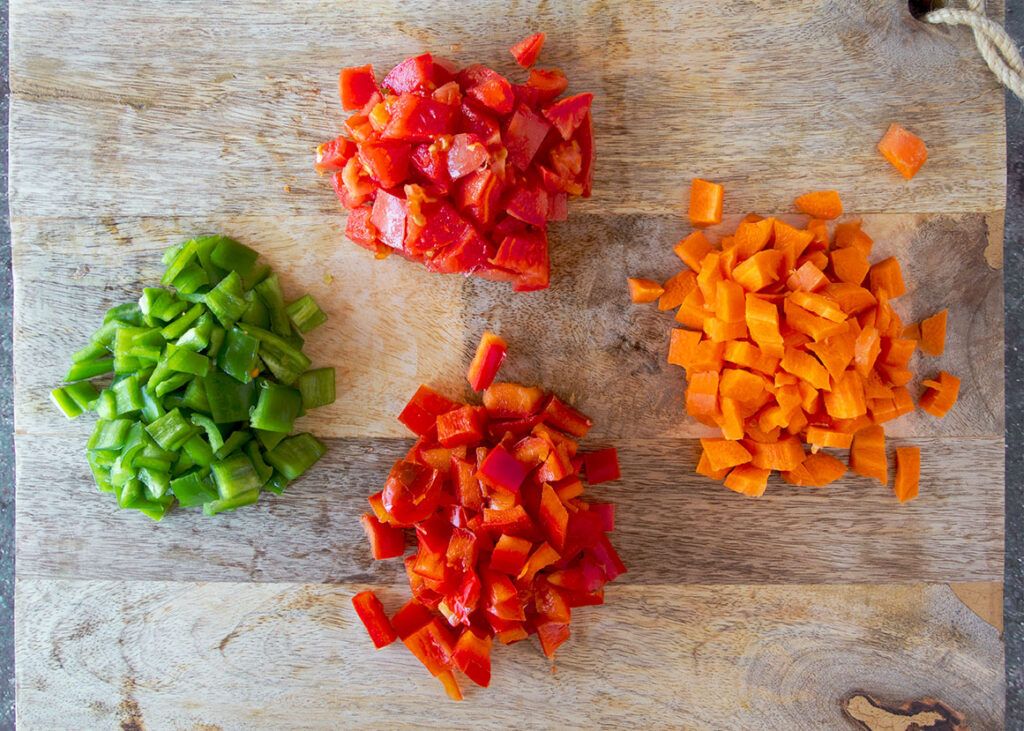
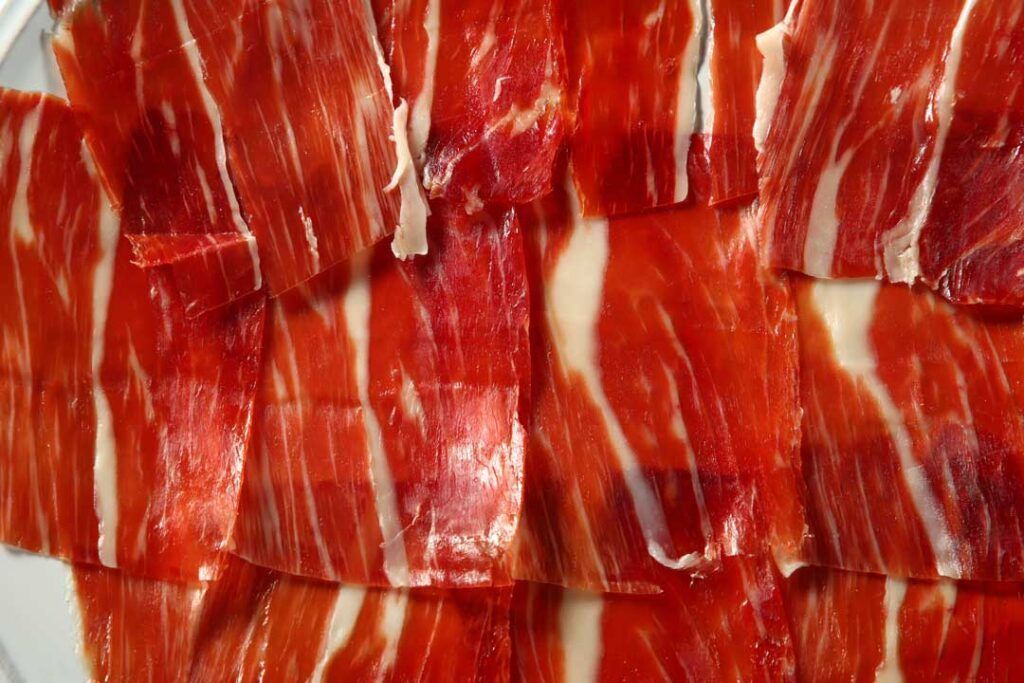
Nutrient Bioavailability and Ham as an Ally Against Anemia
Nutrient bioavailability refers to the body's ability to absorb and utilize a nutrient. In the case of animal-derived products, the bioavailability of iron is higher than in plant-derived foods. This means that the iron content in animal-derived products such as meats or fish shows greater bioavailability than that in plant-derived products. The iron we absorb from animal-derived foods is usually around 25%, while that from plant-derived foods is around 10%.
In the case of plant-derived foods, bioavailability is lower, meaning our body's ability to absorb iron will be lower and less efficient. Additionally, these foods should be consumed together with absorption enhancers, such as foods rich in vitamin C: citrus fruits, red peppers, tomatoes, potatoes, etc.
Ham as an ally against anemia is one of the iron-rich animal-derived foods that allows for good iron absorption, as long as the person's health is good, meaning they don't have any conditions that interfere with iron absorption. Additionally, other animal-derived foods like red meats - including liver -, oily fish like sardines or tuna, or shellfish like clams or mussels can also be highlighted.
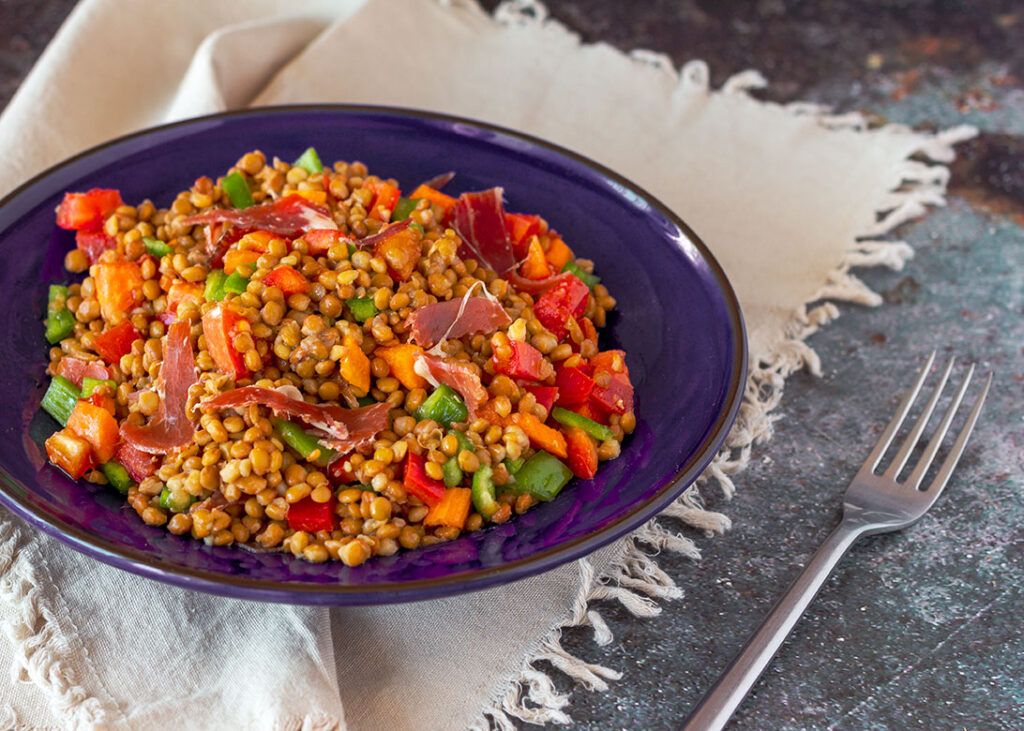 Lentil salad with ham
Lentil salad with ham
Iron-Rich Foods to Prevent and Combat Anemia
We emphasize that consuming iron-rich foods along with a balanced diet and a healthy lifestyle can always help improve your health condition in the face of anemia. However, if anemia occurs, we recommend that you consult healthcare professionals who will inform you about the best treatment for you and whether you need iron supplementation to restore optimal iron levels.
Anemia can be prevented through diet. To do this, include a variety of nutrients in your regular diet, especially those rich in HEME iron (from animal sources) and NON-HEME iron (from plant sources), and don't forget to incorporate foods rich in vitamin C to help your body absorb the non-heme iron present in vegetables, which is less available than that from animal sources.
Regarding foods discouraged when dealing with anemia, these are the ones that inhibit iron absorption, such as the tannins in coffee or tea, or foods rich in phytates and oxalates like leafy greens, cereals, or legumes. Why these? Because they all contain antinutrients – natural compounds that interfere with nutrient absorption. Properly treating these foods is essential to contribute to the improved absorption of the remaining nutrients in the food.
This explains the need for soaking and long cooking times for legumes, or soaking or roasting for nuts, for example.
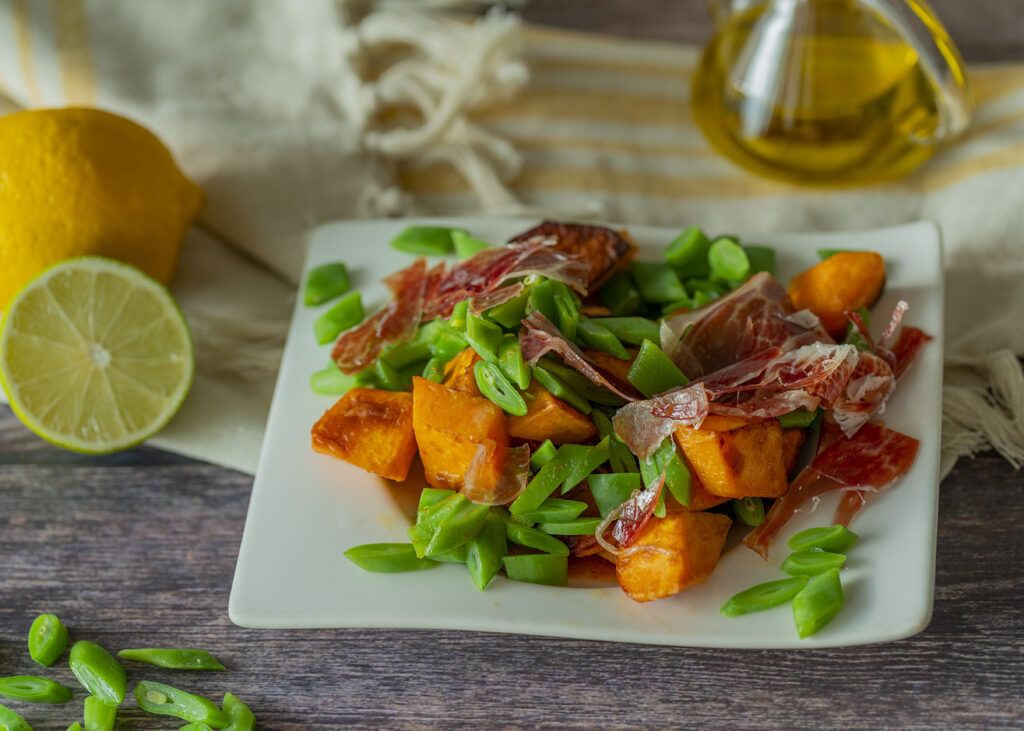 Bean, sweet potato, and Iberian ham salad
Bean, sweet potato, and Iberian ham salad
Allies Against Anemia
Red Meats
All meats contain generous amounts of iron, and this iron is more easily and abundantly absorbed by our body (between 10% and 25%).
Within meats, we find ham as an ally against anemia. Specifically, 100 grams of Iberian acorn-fed ham provide 20% of the iron a middle-aged woman needs daily (between 3 and 4 mg per 100 grams of ham). Additionally, it's a great source of other nutrients such as proteins or healthy fats, which are very beneficial for strengthening the immune system and improving cardiovascular health.
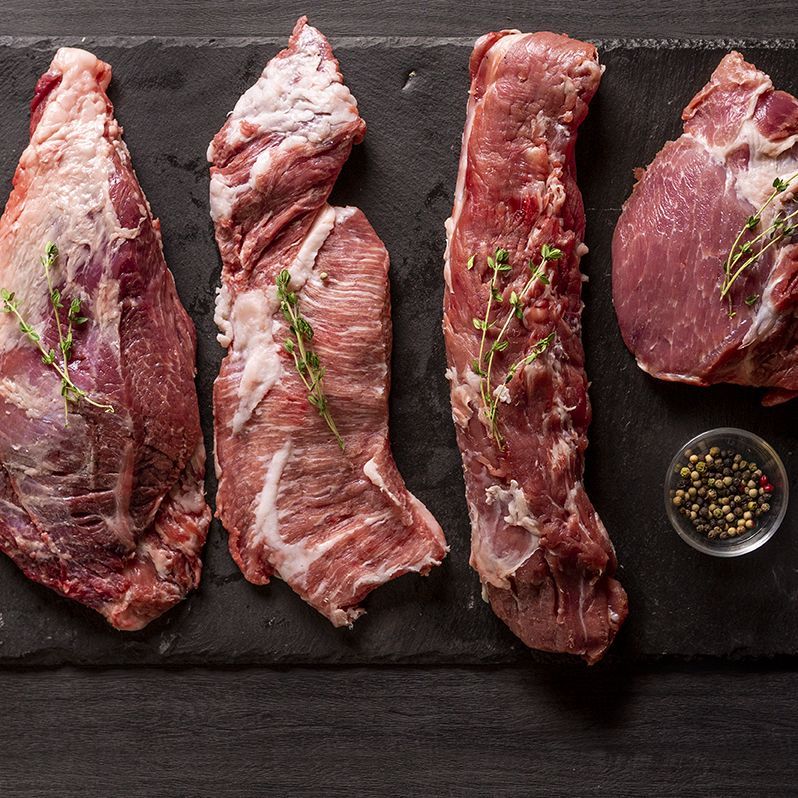
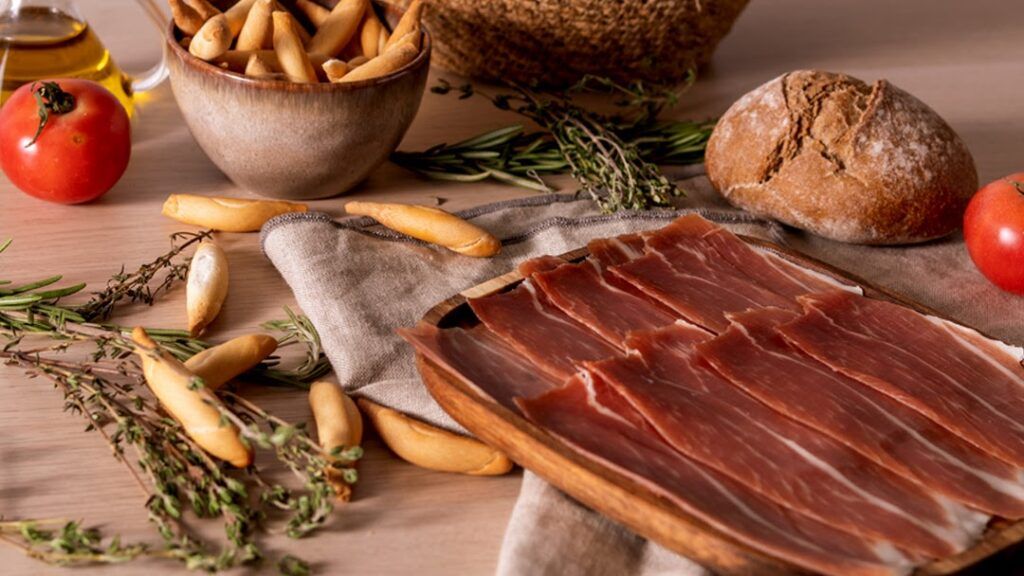
Nuts
Nuts like almonds, cashews, or pistachios are also rich in iron.
Spinach
This leafy green vegetable is a great source of iron. However, since it's of plant origin, it should be combined with foods rich in vitamin C to facilitate absorption: tomatoes, peppers, potatoes, etc.
Fish
Seafood products like salmon, oysters, mussels, clams, tuna, or sardines have very high levels of iron and also provide omega-3, B vitamins, and proteins. They're a great option to enrich our regular diet.
Legumes
Legumes are globally known for their high iron content, especially foods like lentils. However, it's important to note that their iron contribution doesn't have as direct an absorption as animal-derived products, and they should also be combined with vitamin C-rich foods.
Additionally, legumes can contain antinutrients that hinder nutrient absorption, which is why it's important to soak or boil them before consumption to ensure proper nutrient absorption.

In conclusion, there are food combinations that can be beneficial to improve, prevent, or combat anemia. Adding iron-rich animal-derived products like ham to your diet will always be a good option. Additionally, combining vitamin C-rich foods like tomatoes or citrus fruits with plant-derived iron-rich foods like legumes or leafy greens can also enhance iron absorption.
So, now that you know which foods are most suitable, prepare your weekly menu by including dishes like legumes with tomatoes and peppers and add a touch of Iberian ham.
Check out our online store and choose the type of ham you prefer to start including it in your recipes!





